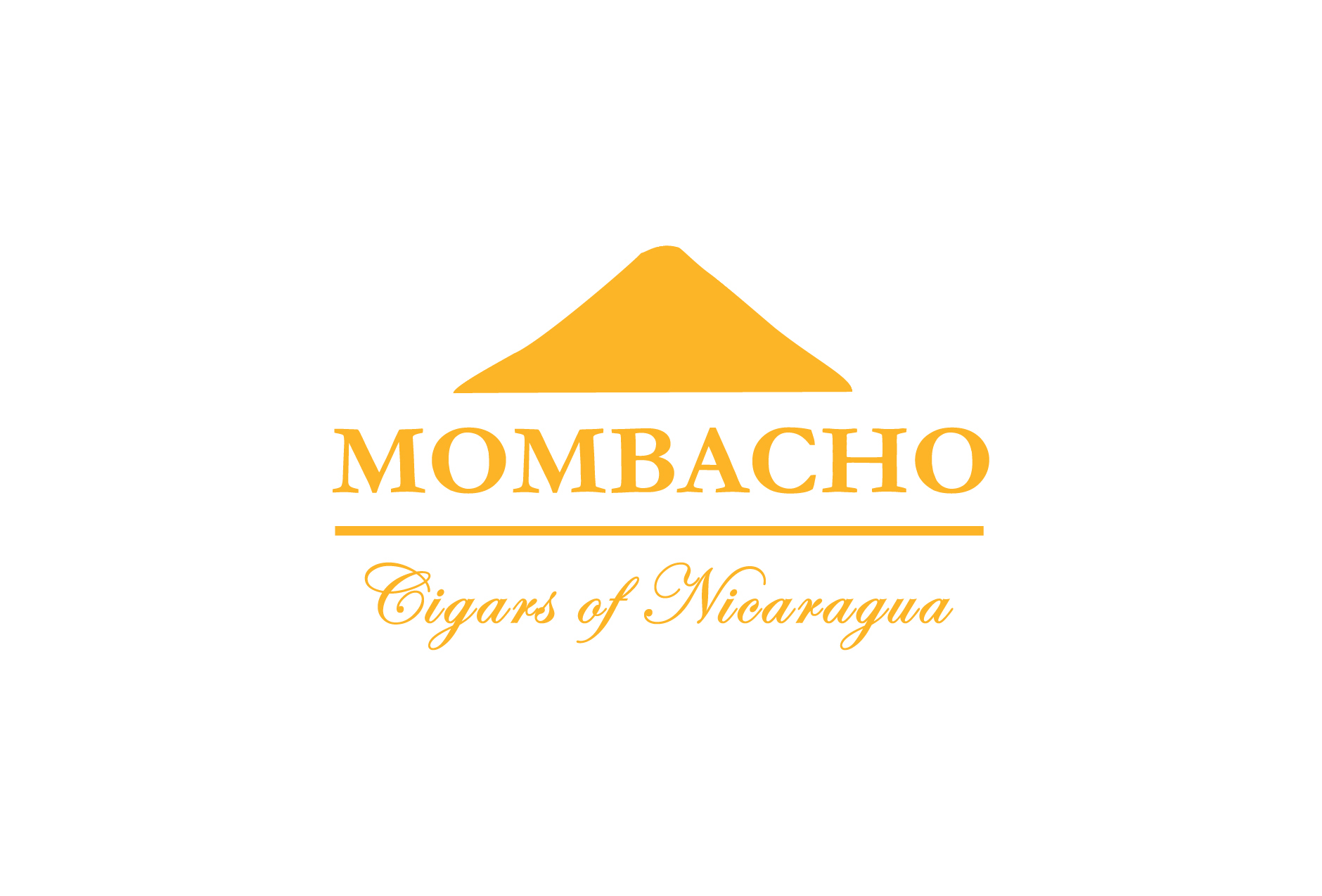While the cigar industry offers cigars for seemingly every flavor preference, budget, time limitation and any other constraint a person could come up with, one thing that has been lacking on a widespread basis is age statements.
The majority of cigars that are produced are designed to be non-vintage, meaning that the manufacturers making them want to maintain flavor consistency from year to year instead of showcasing the uniqueness of a particular crop year. It’s a fairly common practice in numerous industries, particularly liquor, wine, Champagne and beer, where there are numerous offerings that are released without dates.
In the world of cigars, there are a few that buck the trend, either by way of box dating such as My Father, Tatuaje and Illusione do, or through the rare release that incorporates a designated year of tobacco, such as Tatuaje’s La Vérité and L’esprit de Vérité lines, and a fairly new line from Mombacho Cigars S.A. called Cosecha.
Debuting in 2016, the Mombacho Cosecha line uses tobacco from a single crop year, with 2012 selected for the debut and 2013 for the second edition. All of it comes from Nicaragua, with the tobacco rolled into a single 6 x 52 toro vitola in 2014 and the finished cigars resting ever since at the company’s Casa Favilli factory in Granada, Nicaragua.
“Cosecha is a project that has been in my heart since the day I started working with Mombacho,” said Claudio Sgroi, president and master blender of Mombacho Cigars, via a press release. “True vintage is hard to find in the cigar industry and we have created a cigar that showcases the best of Nicaraguan tobaccos with Cosecha. Cosecha 2012 was great and Cosecha 2013 may be even better,” he added.
It’s not just a limited release, but an expensive one. Mombacho Cigars S.A. produced just 800 boxes of 10 cigars, a total of 8,000 cigars, each priced at $21.95 per cigar, before taxes, making it easily the priciest in the company’s portfolio.
Additionally, the line will have at least two more releases as the company has confirmed that there will be a Cosecha 2014 and Cosecha 2015.
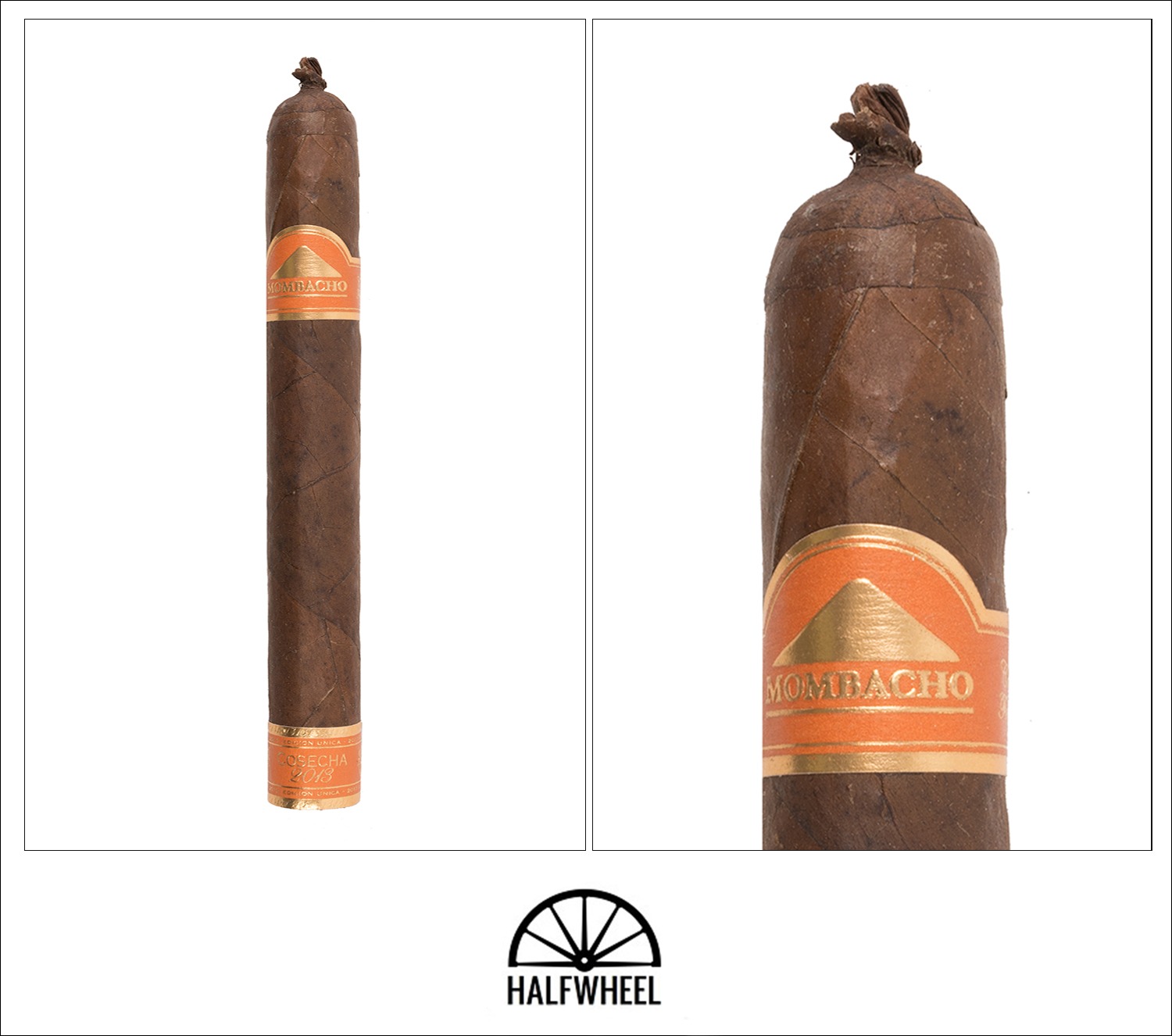
- Cigar Reviewed: Mombacho Cosecha 2013
- Country of Origin: Nicaragua
- Factory: Casa Favillia
- Wrapper: Nicaragua
- Binder: Nicaragua
- Filler: Nicaragua
- Length: 6 Inches
- Ring Gauge: 52
- Vitola: Toro
- MSRP: $21.95 (Boxes of 10, $219.50)
- Release Date: July 23, 2018
- Number of Cigars Released: 800 Boxes of 10 Cigars (8,000 Total Cigars)
- Number of Cigars Smoked For Review: 3
While the Mombacho Cosecha 2013’s toro vitola is incredibly familiar, the cigar is a beefy stick with some prominent veins rising up from the oily and meaty brown color of the wrapper, both of which help to give it some visual distinction from other cigars on the shelf. It’s firm with just enough give to not call it a hard roll, though it’s very, very close. The roll quality is almost under appreciated given the visual noise caused by the veins, as the seams are flat, the decorative caps well applied, and there’s no issues I can detect with how the cigar was constructed. The foot offers an aroma that is an interesting mix of pepper, French bread and some green grapes along with a bit of related jelly. The cold draw ranges from ideal to firm and the first flavor that jumps out is a juicy sweetness with some acidity, somewhat like white grape juice. Pepper comes along quickly to shake up that notion, while a toasty finish is found in varying amounts among the samples.
While the first puffs have some pepper, it’s an incredibly smooth and balanced profile that confirms the statement that the tobacco is five-years-old. There’s some earthiness and cocoa as well, which work together to create instant depth and complexity to the profile. After the first clump of ash falls, the cigar gets a bit fuller, the pepper steps up just a bit, and the flavor starts moving towards the deeper end of the pool. The draw’s been a bit firmer than I generally prefer but it’s not problematic, it just takes a bit more effort to get a full draw and the subsequent smoke production. Otherwise the technical performance has been quite good.
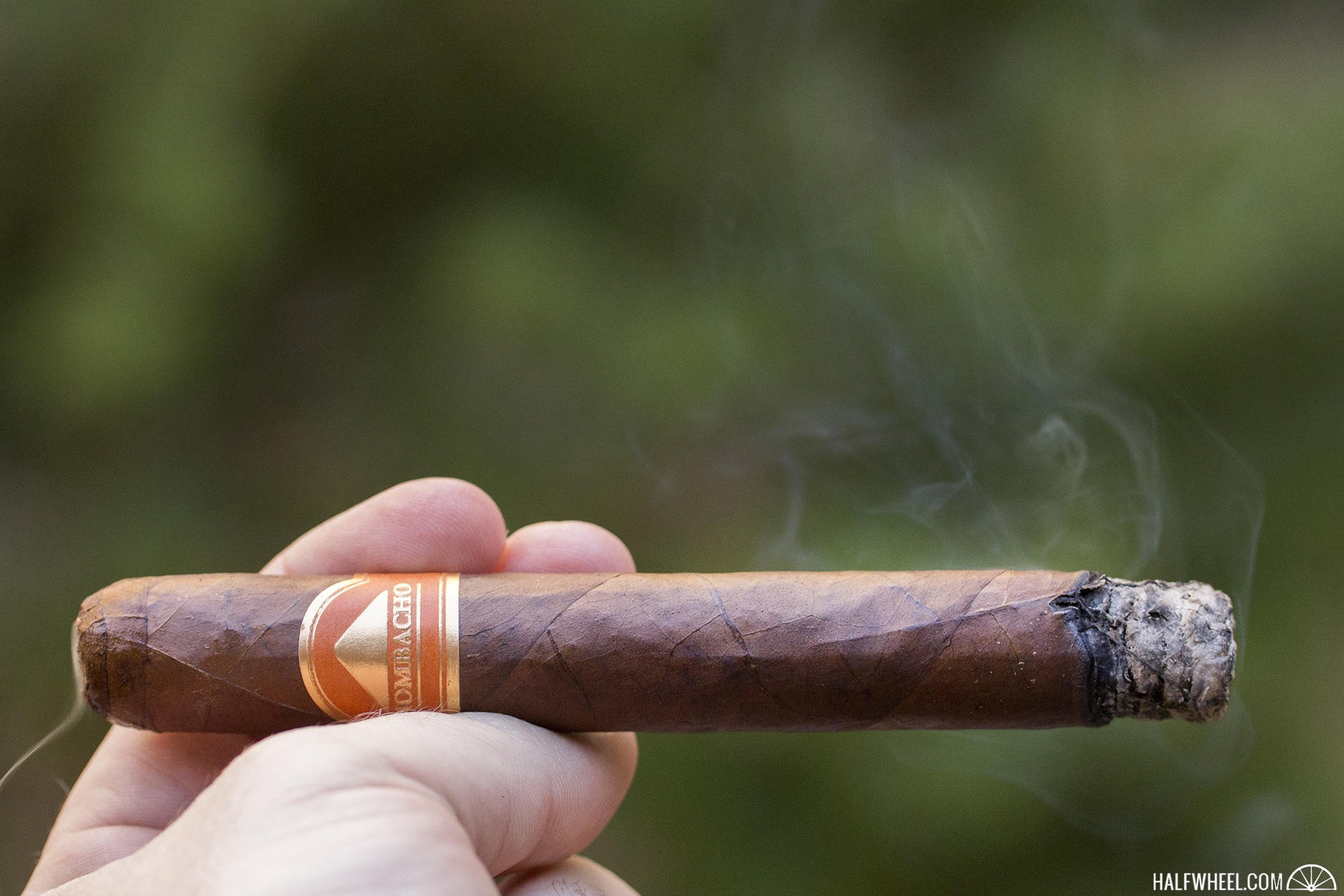
There’s a bit of cocoa powder sweetness that I find darting in and out of the profile, often overshadowed by the earth and pepper but also afforded some opportunities to shine unobstructed, and when it does, it is a perfect counterbalance to the increasingly robust and rougher profile that the Mombacho Cosecha 2013 has begin to take on in its second third. By the time I’m into the third sample, it’s interesting to note the variance in the intensity of each cigar, as the second was much fuller than the other two, and as such masked many of the cigar’s flavors. By the midway point I’m getting a bit of cappuccino in the cigar as just a touch of creaminess appears in the aroma and a milk-heavy coffee manifests on the tongue, a flavor that seems to almost perfectly transition into a smoky s’mores profile that adds just a bit of pepper for added dimension. When the final third begins to appear on the horizon, the pepper component both steps up and steps out, becoming a more prominent and driving part of the profile.
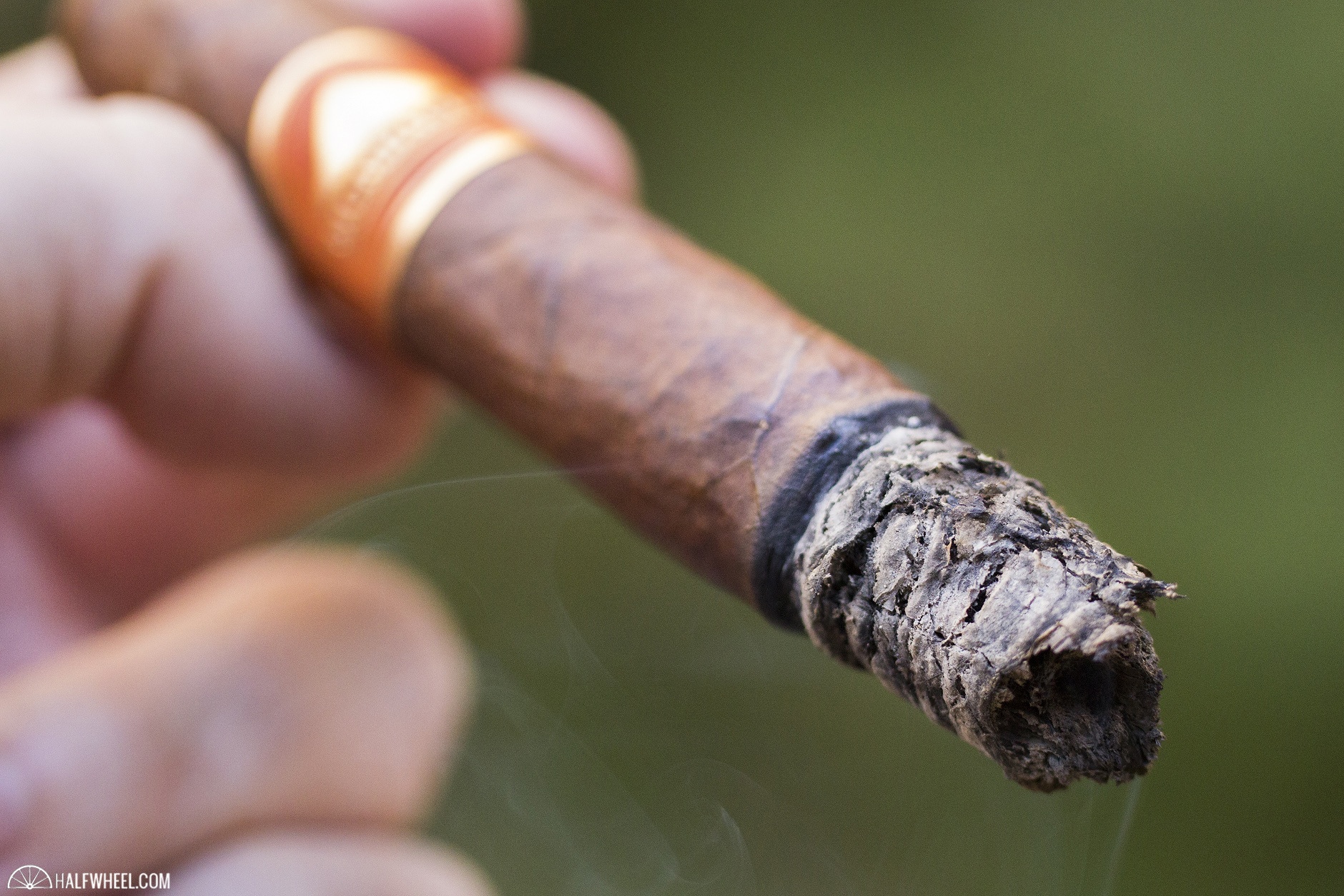
While there has been some noticeable differences between the samples, one thing they all have in common is that the pepper component of the Mombacho Cosecha 2013 continues to build heading into the final third, with the beginnings of a red chili pepper flake flavor emerging, and the thoughts of this being an aged cigar diminishing seemingly with every puff as the cigar shows it still has plenty of life and vigor. At its best—which is when I find the strength to be minimal—the cigar shows incredible depth that allows seemingly everything the tobacco has to shine through. Even with the increasing pepper, there are intermittent puffs where the sweetness is given center stage, and while it’s a bit smokier than it was earlier, the cream and chocolate are stellar and in line with a high-end dessert concoction. Each of the three samples sees the same change when the burn line approaches where the band would be, a turn of the pepper and earthiness that takes the profile to a much rougher place, which grates on the back of the throat more than any cigar should, let alone one with the age and price tag of this cigar. It also comes at the expense of almost all of the sweetness the cigar contains, an unfortunate departure that reduces the profile to a near singular expression of strength. Other than a tight draw in the second sample, the technical performance was top-notch as I never needed to touch-up or relight any of the samples, with sufficient smoke production and an even burn line.
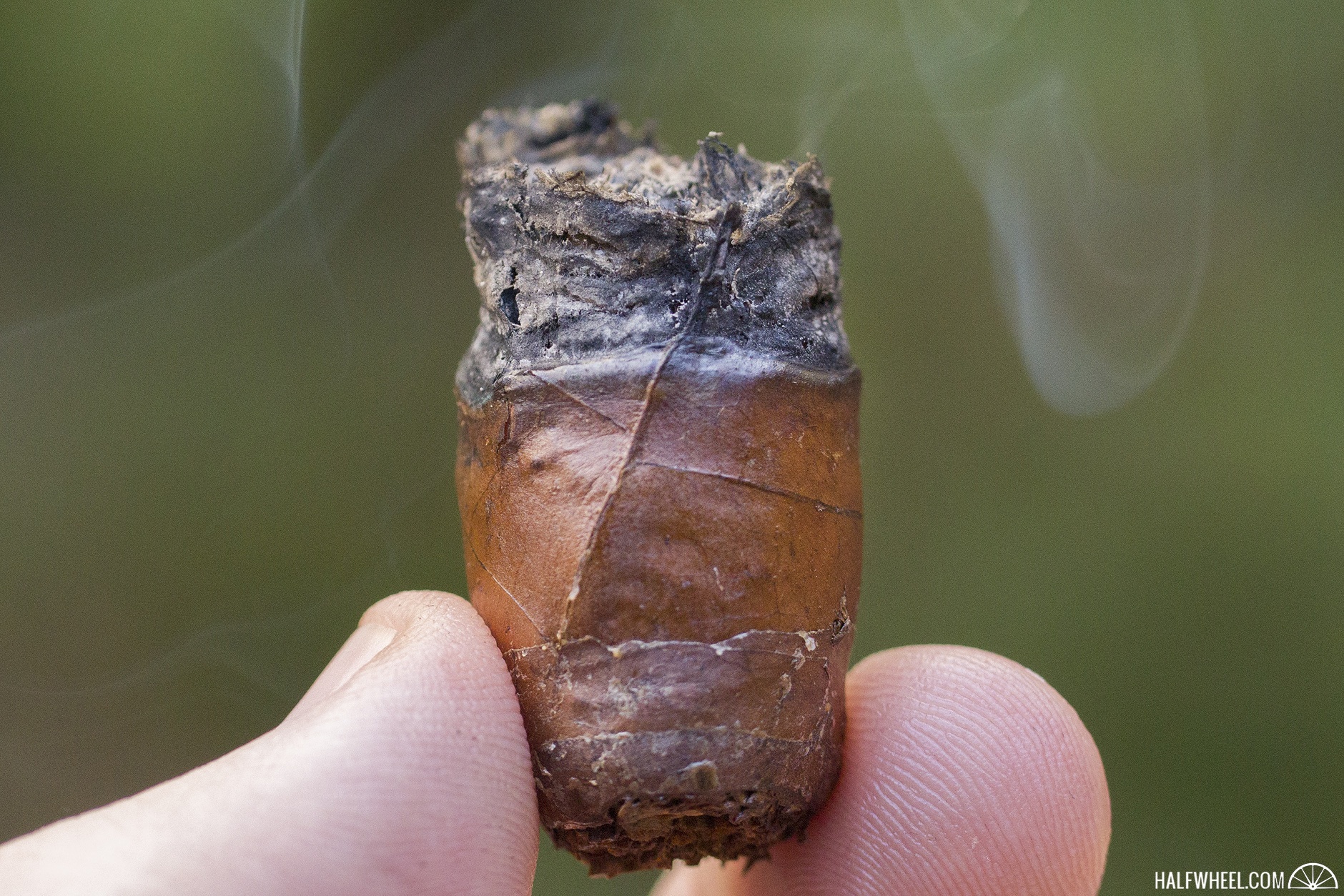
Final Notes
- There is a bit of though to be given to the age of the tobacco and the cigars; the crop harvest meant it came out of the ground early in 2013, through the curing and fermentation process, and then rolled before the end of 2014. For me, that seems like a short time to rest in bales and a much longer than normal time to rest as finished cigars, though the latter allows the flavors in individual cigars to marry.
- The word cosecha is Spanish for harvest.
- It’s a word also seen in the Habanos S.A. portfolio, as the Reserva and Gran Reserva lines also use tobacco from a single crop year.
- It’s not everyday you see a cigar band with the shade of orange as this one, though it does remind me of the Matilde Quadrata.
- Speaking of bands, one of the things that Mombacho does which I absolutely love is that they stamp the back of the primary band with the month and year that the cigar was made. All three of the samples I smoked came stamped with OCT 2014 on the back of the bands.
- When I visited the Mombacho factory in January 2016, I shared this image of a pile of bands waiting to be applied to cigars:
- The downside to this is that you don’t know the age of the cigar until you take the band off, as opposed to box dating, which allows you to know immediately, though can also be abused by putting newer cigars into an older box to fool people.
- Given the age of the cigars, I was really intrigued by how much nicotine strength they would offer, and while the first and third samples had some, the second offered significantly more and had me in search of some white sugar to counteract the effect.
- The delivery of the cigars to retail was delayed by the civil and political unrest that has affected Nicaragua in recent months.
- I’m always amazed at how the flavors of a cigar can instantly trigger a memory of some other flavor; in this case, a few puffs in the third sample had me thinking of Cocoa Puffs cereal, which I haven’t had in probably 20 years, at least.
- Depending on how FDA regulations end up playing out, I think it will be projects like this that are one of the most unfortunate casualties of needing the agency’s approval before a new line can be released.
- Final smoking time varied widely, the first and third samples took about one hour and 45 minutes, while the second clocked in at two hours and 30 minutes.
- The cigars for this review were purchased by halfwheel.
- Site sponsor Atlantic Cigar carries the Mombacho Cosecha 2013.
The entire Mombacho Cosecha project is an ambitious one that I have a lot of admiration for, and thankfully the first two lines have lived up to if not exceeded my expectations. Where the Cosecha 2013 fell short was in the variance in strength between the three samples I smoked; had I just smoked the second cigar I doubt I’d have returned to it due to its sheer strength, while the first and third samples offered a much more favorable profile of not just the cigar, but the age of the tobacco. But when the strength is kept in check, the cigar shines on a number of levels, including flavor progression, balance and complexity, as well as generally excellent construction. If you can find some and it's within the budget, I'd suggest smoking at least one to allow yourself to be immersed in a near-singular experience of time and tobacco, something that I unfortunately find to be not a common enough experience in the cigar industry.


